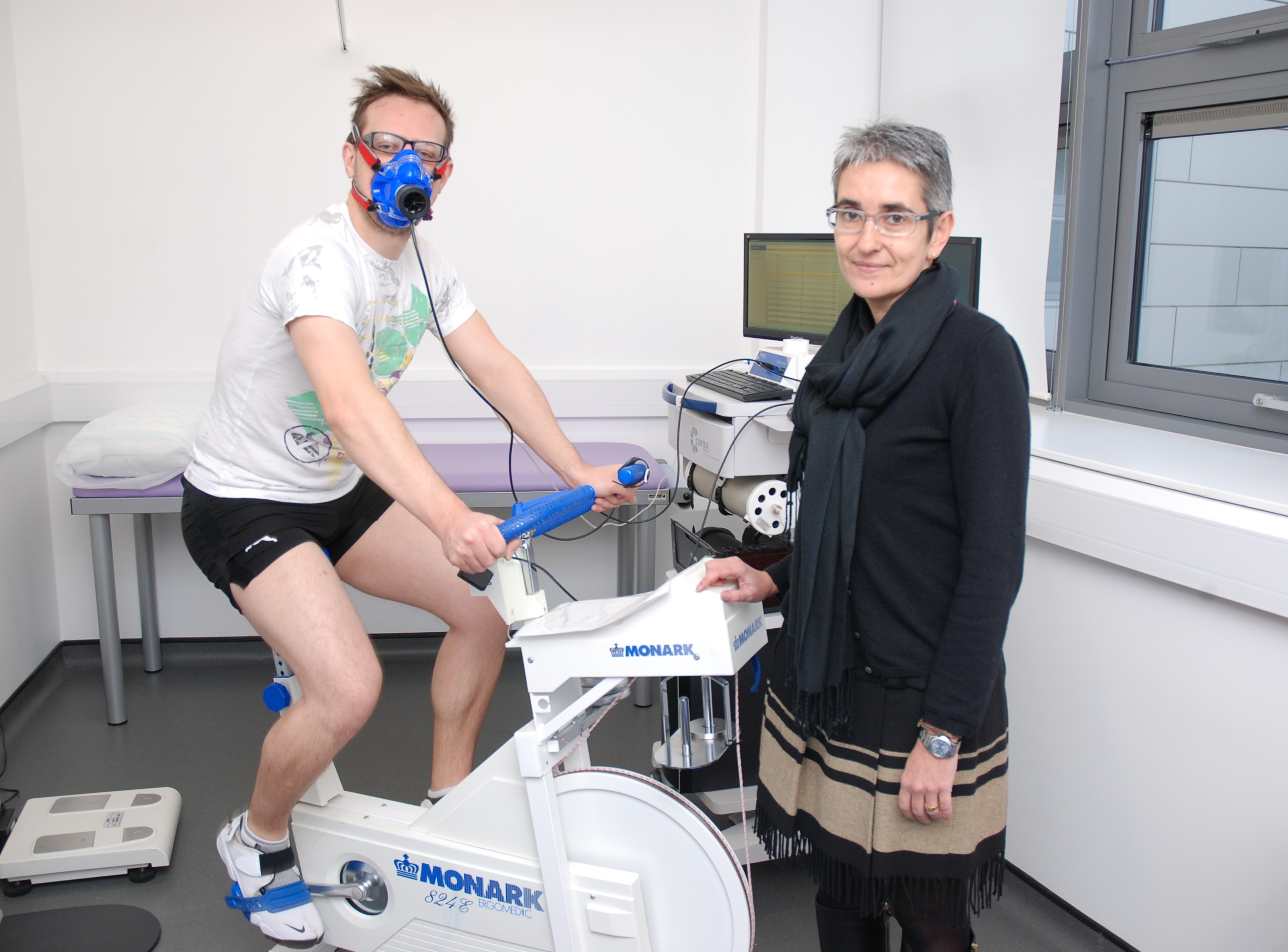Researchers are looking for volunteers to help them find ways of fighting obesity – and people who over-indulged during the festive season may be the ideal guinea pigs.
The Robert Gordon University team is looking for individuals aged between 18-40 with a body mass index (BMI) of 25-35kg/m2 – which is classed as overweight – to test different forms of exercise.
Participants should be generally healthy, but they must currently take less than one hour of structured exercise each week.
Health researchers will evaluate how the body responds to three different bouts of activity, known as high intensity interval training (HIIT).
The research is being led by Dr Giovanna Bermano from the university’s Institute of Health and Wellbeing Research.
Dr Bermano said: “High intensity interval training comprises repeated brief bursts of vigorous exercise interspersed with rest periods, and is emerging as a very time-efficient, alternative exercise strategy to potentially reduce cardiovascular disease risk and improve health status.
“Overweight and inactive individuals tend to have higher levels of oxidative stress and inflammation in the body, with prolonged high levels recently suggested as the initial triggers for cardiovascular disease development and emergence later in life.
“Our study will use three commonly studied HIIT protocols which are safe and well tolerated in inactive and overweight individuals, and compare the body’s responses to a single bout of each type of HIIT exercise.”
Recent research has shown that as little as 15 minutes of high intensity exercise over the course of a week can produce benefits similar to or greater than two or three hours of jogging or cycling.
Volunteers would need to attend one session to complete tests on their body composition, blood pressure and other health markers.
The programme will last for three weeks, featuring three exercise sessions on only two days each week.
At the end of the project feedback will be given on participants’ body mass index, body fat percentage and lean mass percentage.
Blood pressure measurements and cardio respiratory fitness results will also be supplied.
To take part in the study, contact Dean Leighton on 07793766191 or e-mail d.s.leighton@rgu.ac.uk.
